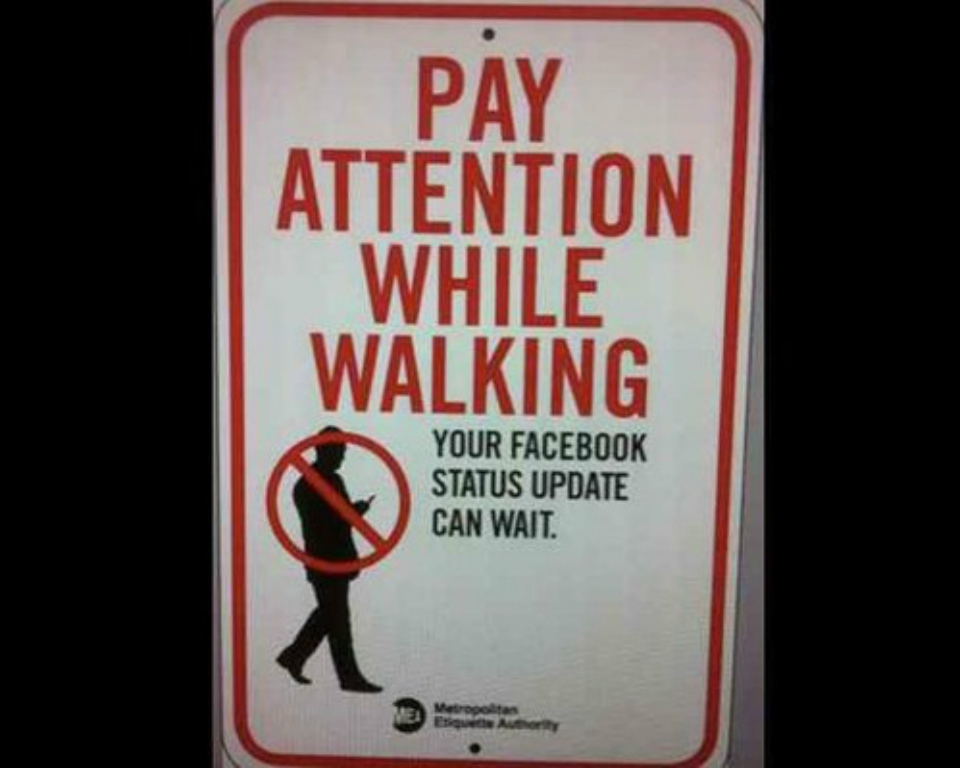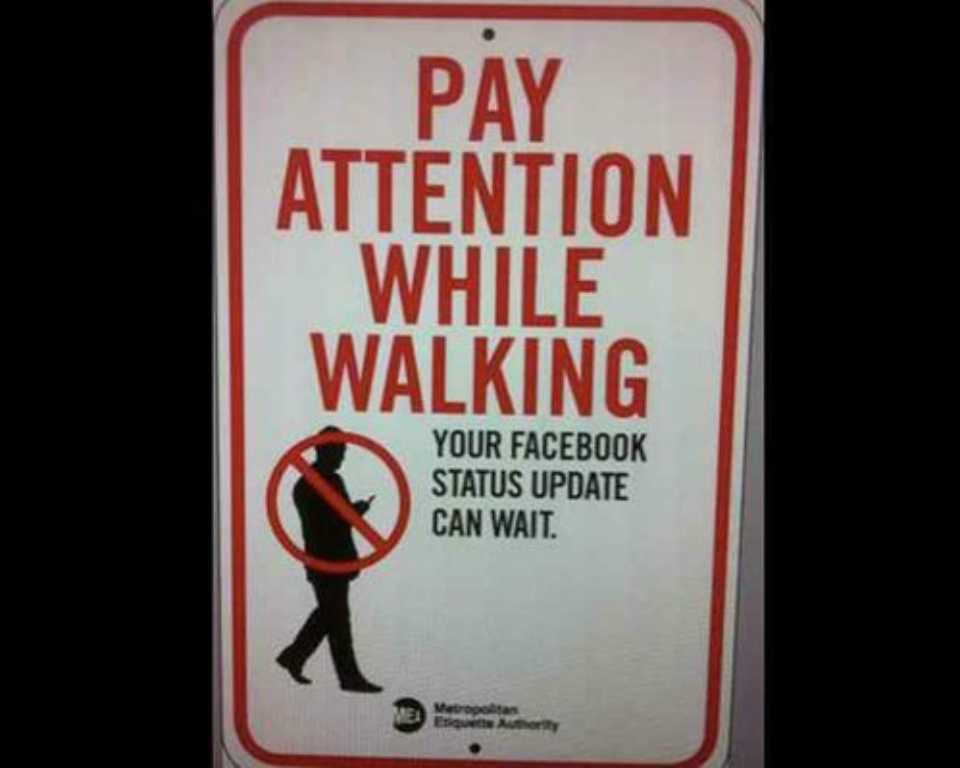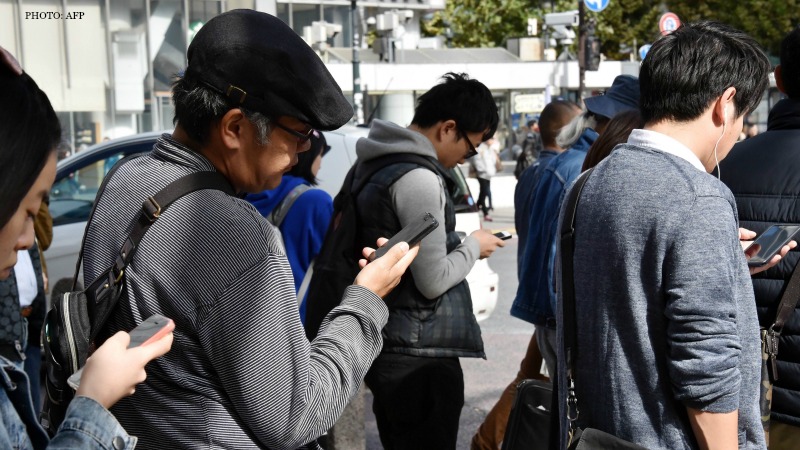
I have strong feelings about this topic. Too often do I see people do careless and dangerous things simply because they weren’t paying attention. Many accidents and attacks on people are largely avoidable through attuned situational awareness.
So what is it? Situational Awareness (SA), is described in Wikipedia thusly:
“…the perception of environmental elements and events with respect to time or space, the comprehension of their meaning, and the projection of their status after some variable has changed, such as time, or some other variable, such as a predetermined event. It is also…concerned with understanding of the environment critical to decision-makers in complex, dynamic areas from aviation, air traffic control, ship navigation, power plant operations, military command and control, and emergency services such as firefighting and policing; to more ordinary but nevertheless complex tasks such as driving an automobile or riding a bicycle.
Situation awareness involves being aware of what is happening in the vicinity to understand how information, events, and one’s own actions will impact goals and objectives, both immediately and in the near future. One with an adept sense of situation awareness generally has a high degree of knowledge with respect to inputs and outputs of a system, an innate “feel” for situations, people, and events that play out because of variables the subject can control. Lacking or inadequate situation awareness has been identified as one of the primary factors in accidents attributed to human error.[1] Thus, situational awareness is especially important in work domains where the information flow can be quite high and poor decisions may lead to serious consequences (such as piloting an airplane, functioning as a soldier, or treating critically ill or injured patients).”
The above describes the what of SA well however, only a small percentage of the population actively uses SA in their day-to-day lives. How often do you see this:
…or this?
These people are completely oblivious to their surroundings, the prevailing environment they are in and cannot identify or comprehend threats or hazards which they may be stepping into. No decisions can be made because no information is being collected by their senses beyond that of the screen in front of them. They are unaware of their environment and clueless about any hazards that may threaten them. This is not where you want to be.
Situational awareness is a key component to successful preparation and survival. In whatever environment you may find yourself, be it the wilds of the world or any concrete jungle, being aware of what is going on around you is important. For instance, if you are on a hiking trip, paying attention to weather patterns can determine if you set up camp prior to a weather front coming in, or being caught in a deluge. Alternately, by being unaware of danger signals on the streets of a city, you may find yourself in a position to be attacked whereas if you had picked-up on the subtle signs around you, you stand a better chance of taking steps to avoid a dangerous situation.
The environment around you produces a vast amount of stimuli which most people ignore as “background noise”. Sounds, weather, social interactions, architecture, temperature, motion, colour, patterns – all produce data for us to interpret. A great deal of this is ignored as our brains rarely fixate on things that are “routine”, until they are not.
Survival strategies are transferrable across environments. Urban or rural. Around your home or overseas. Taking a vigilant and keen interest in the goings-on around you will give you an edge in dangerous situation by providing you with valuable information with which to make choices for action (or inaction) which will hopefully keep you alive or unharmed.
Situational awareness is a way of being. When driving, you should constantly be checking your side and rear-view mirrors to be aware of the vehicles around you, plan lane changes due to signs, adjusting your driving appropriately for the road conditions, and anticipating other driver’s actions to ensure you avoid collisions. Most of the time, this is done on a semi-sub-conscious level. If you have been driving a while, you won’t be talking to yourself about looking at your mirrors, much like a brand-new driver who is still nervous and tense about the whole thing.
The same applies when you leave your home, be it in the city or in the outdoors. In the outdoors, do you catch the silence on the path? Why did the birds stop chirping? Are there branches snapping off the trail? What’s that smell? Am I looking at the path for potential hazards or obstacles as well at the trail ahead? In the city the same thought process should run in the background. This is a dark part of the street…is there anyone in that dark doorway? I’ve seen that car a few times today…coincidence? That guy has been behind me for a while now…is he following me? (In a parking lot alone at night…) Are those guys really fixing a flat tire?
I’m not trying to spread paranoia as most of the time those questions will only highlight innocuous situations. BUT, for the small percentage of the time where real danger may be involved, having foreknowledge of that danger can give you the opportunity to act.
The best way to win a fight is to not get into one in the first place. That’s what one of my old martial arts instructors used to tell me. It’s good common sense when you’re not looking for trouble.
At the end of the day, being aware of your surroundings and environment is a critical piece of the survival toolkit. If you practice it often and across all situations in which you find yourself you will get much better at it until it becomes a reflex which goes on in the background.
Some good resources to learn more about this include Gavin de Becker’s book The Gift of Fear, Left of Bang, by Patrick Van Horne & Jason A. Riley and Meditations On Violence by Rory Miller. There are so many other good places to start, but these won’t steer you wrong.
Stay Safe. Stay Crafty, and for the love of Pete, put down your phone and drive.





